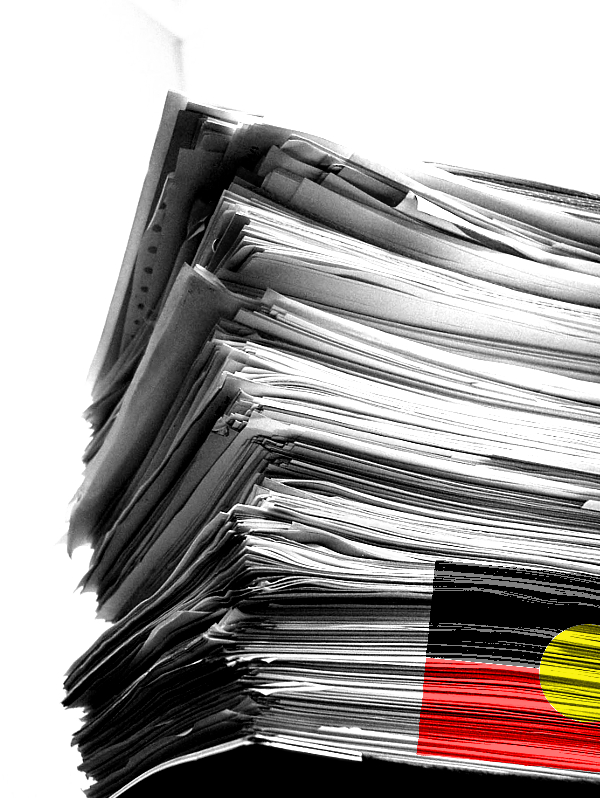Mungo report requested
 First Nations elders are calling for the release of an independent report on the reburial of Mungo Man and Mungo Lady.
First Nations elders are calling for the release of an independent report on the reburial of Mungo Man and Mungo Lady.
A year after the reburial of the ancient remains of Mungo Man and Mungo Lady, First Nations elders are urging the New South Wales government to make public an independent report concerning the burial process.
The reinterment of Mungo Man and Mungo Lady took place in the Willandra Lakes Region near Ivanhoe, NSW, last year.
Former federal environment minister Sussan Ley authorised the reburial of the remains after consulting with the Willandra Lakes Aboriginal Advisory Group. Due to the area's World Heritage status, the burial required approval from the Commonwealth.
Despite a last-minute legal challenge from Baakantji-Paakantyi and Mutthi Mutthi tribe elders to halt the process, the reinterment proceeded as planned.
While an independent report in August allegedly concluded that the burial was conducted appropriately, the findings have not been made available to the public.
Currently, the Mungo Visitors Centre houses the skeletons of 106 Aboriginal ancestors, awaiting a decision from the state and federal governments regarding their future.
Mungo National Park is home to three Aboriginal groups: the Baakantji-Paakantyi, Mutthi Mutthi, and Ngiyampaa tribes, with the Baakantji-Paakantyi people as the majority native title holders.
Jennifer Jones, an elder from the Baakantji-Paakantyi tribe, has criticised the burial process as disrespectful and lacking consultation with First Nations people, stating that the traditional owners should have been allowed to make decisions.
According to Michael Young, a Baakantji-Paakantyi representative, the loss of Mungo Man and Mungo Lady remains a sensitive issue for many Indigenous people in the area.
Young urged the new state government to release the report, emphasising the need for transparency, accountability, and identification of the responsible parties involved.
Releasing the report could also improve how the government engages with native title holders on matters concerning ancestral remains, Young says.
He expressed hope that the past events at Mungo National Park would not be repeated and stressed the importance of understanding the issues within the process.
In response to the calls for transparency, a spokesperson from the NSW Department of Planning and Environment (DPE) stated that the independent report cannot be released to the public due to its “high cultural sensitivity” and “legal privilege”.
The DPE says that the burial of Mungo Man and Mungo Lady adhered to the conditions set by the Commonwealth, reflecting the wishes of the elected Aboriginal Advisory Group after extensive consultation.
The remaining ancestral remains are currently stored in a secure facility under updated security arrangements, according to the DPE.
While the reburial brought relief to some, the fight for the remaining 106 ancestors continues.
Maureen Reyland, a Mutthi Mutthi representative, has expressed the need to prioritise the reinterment of the remaining ancestors, stating that they should be returned to the earth where they belong for the sake of peace.
The Mungo Man and Mungo Lady remains, discovered in 1968 and 1974 respectively, symbolise the long Aboriginal history in Australia and hold great significance for both archaeologists and Indigenous Australians.
Efforts to repatriate the remains began in 1992 when Mungo Lady's bones were unconditionally returned to the traditional owners.
ANU handed over the remains of Mungo Man in 2015, expressing regret for their removal and acknowledging the ongoing grief caused to Aboriginal communities.
The final resting place of Mungo Man, Mungo Lady, and the other Indigenous ancestors has been a subject of debate for decades.







 Print
Print